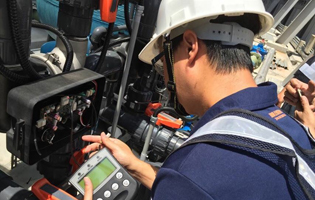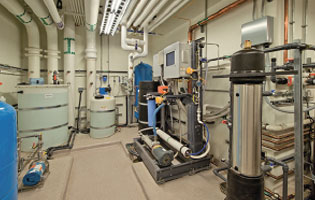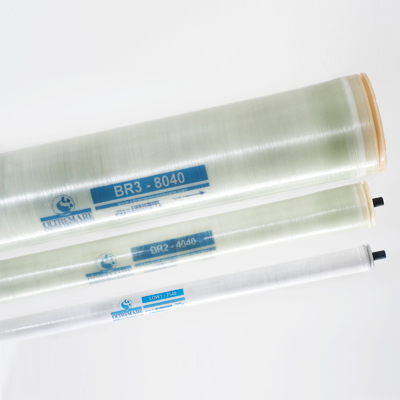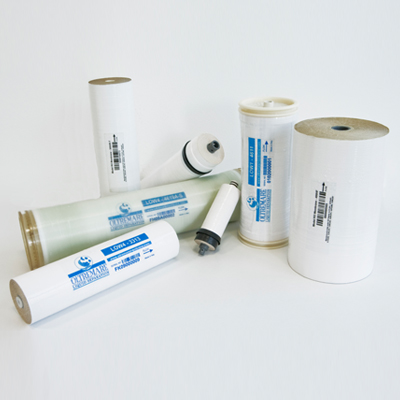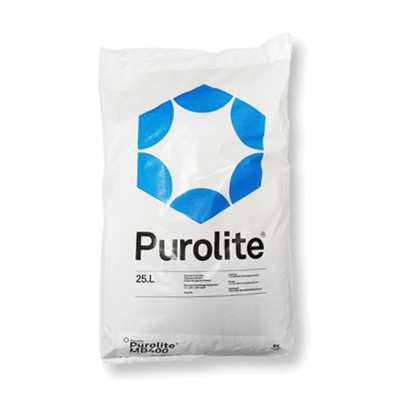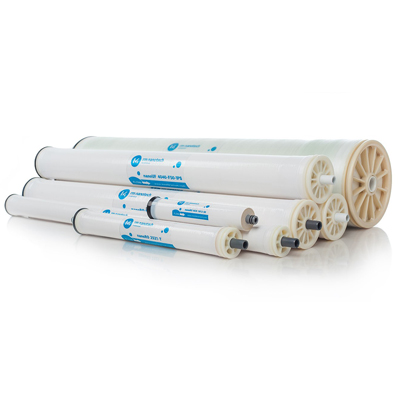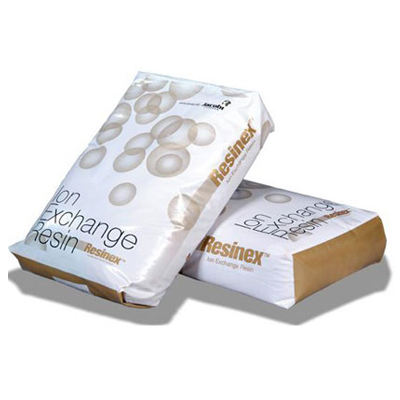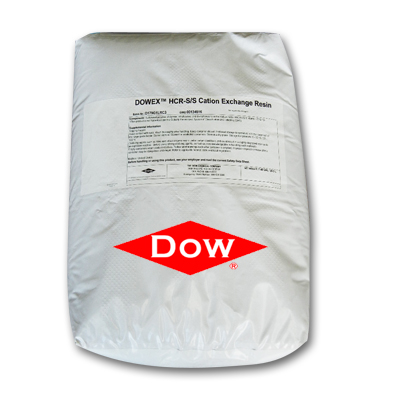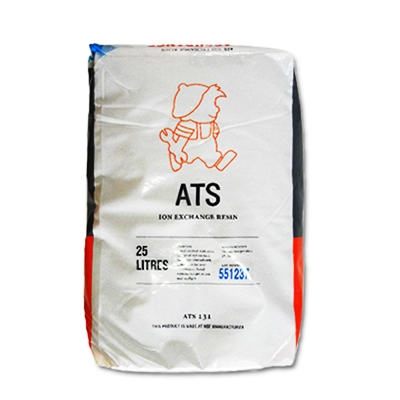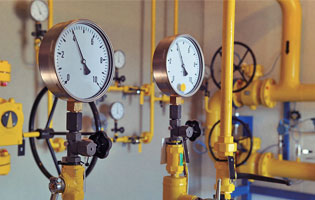PRODUCT INFORMATION
The role of oxygen in water
- front page
- product
- Water Treatment Technology
- Technology Development Department
- The role of oxygen in water
Product Information
- heat treatment
-
water treatment
- Arsenic remover
- Desulfurizer
- Deaerator
- Water softener (calcium and magnesium ion removal)
- Carbon filter (removes odor and residual chlorine)
- Sand filter (removal of suspended impurities)
- Iron remover (removal of iron and manganese ions)
- RO water purifier
- Pre-backwash filter
- UV ultraviolet sterilizer
- Ion exchange resin
- reverse osmosis membrane tube
- quick filter
- Various tanks for water treatment
- Various application filter media
- 美國 Clack Clark control valve
- 美國 Fleck Control Valve
- 美國 Pentair Control Valve
- 美國 Autotrol Control Valve
- Runxin Control Valve
- Injection treatment
- Technology Development Department
-
brand
- Demo brand
- US DOW
- IDEX USA
- US CLACK
- EMERSON, USA
- American PENTAIR
- SIEMENS Germany
- American PULSAFEEDER
- Denmark DANFOSS
- Thailand HAYCARB
- France SUNTEC
- UK PUROLITE
- Japanese NOP
- Japan OLYMPIA
- Japan KATSURA
- BRAHMA, Italy
- SAGINOMIYA
- HONEYWELL
- AZBIL (YAMATAKE)
- OLTREMARE
- NIPCON
- TROCHOID
- domestic
- EGO
- KATO
- LECIP
- ATS
- JACOBI
- ETATRON
- WAVE CYBER
- BOSCHINI
- NIPPON
- WL
- CASH ACME
- YAZAKI
- RUNXIN
- About | Contact

The role of oxygen in water
Technical explanation
oxygen:
Oxygen is a typical non-ionized gas. Dissolved oxygen in water is a major factor affecting how water treatment systems operate and how water treatment is applied. Oxygen causes corrosion, but at the same time contributes to the formation of passive protective films on metal surfaces. Some water treatment technologies require dissolved oxygen for better performance, while others work best in the absence of oxygen.
Oxygen has a solubility of approximately 13 mg/L at 0 °C and atmospheric pressure. 8 mg/L at 25°C and zero solubility in boiling water. Most natural water supplies contain dissolved oxygen. Dissolved oxygen in rainwater and surface water is usually saturated. The oxygen content of well water may be lower due to the specific reactions of chemicals and microorganisms in the water.

